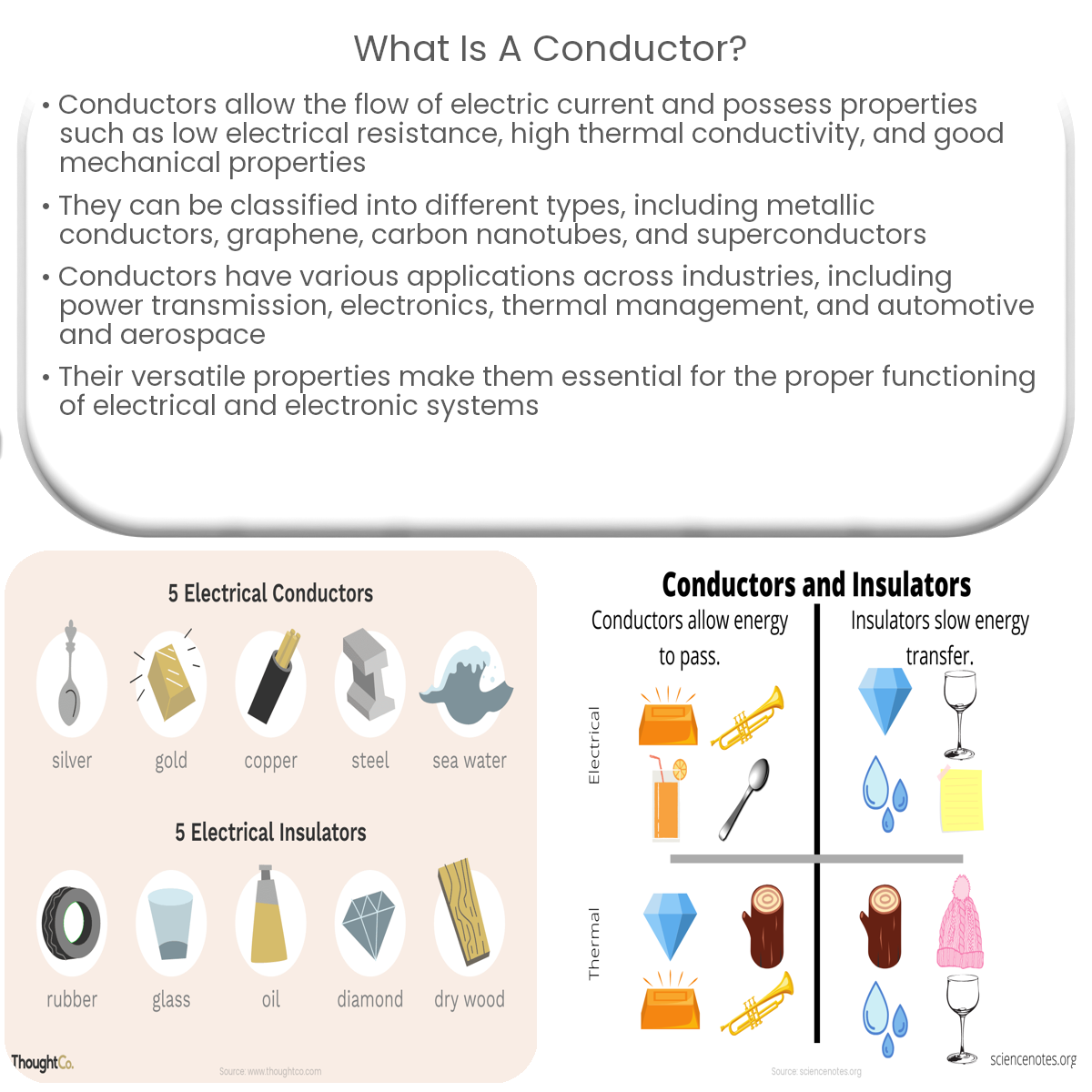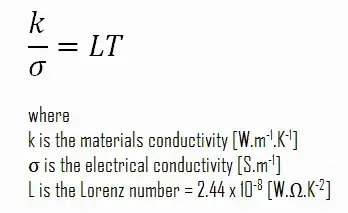A conductor is a material that allows the flow of electric current due to the movement of free electrons, and is often used in power transmission.
Introduction: Understanding Conductors
A conductor is a material that readily allows the flow of electric current due to the movement of free electrons. This article will discuss the properties, types, and applications of conductors.
Properties of Conductors
Conductors possess certain properties that make them suitable for various applications:
Low electrical resistance: Conductors offer minimal resistance to electric current, facilitating the flow of electrons.
High thermal conductivity: Conductors efficiently transfer heat, making them useful for applications that require thermal management.
Good mechanical properties: Many conductors have high ductility and malleability, making them easy to process and form into different shapes.
Types of Conductors
Conductors can be classified into different types based on their material composition:
Metallic conductors: Metals such as copper, aluminum, silver, and gold are excellent conductors of electricity due to their high concentration of free electrons.
Graphene: A single layer of carbon atoms arranged in a hexagonal lattice, graphene has exceptional electrical conductivity and is used in various high-tech applications.
Carbon nanotubes: These cylindrical nanostructures made of carbon atoms have extraordinary electrical and thermal conductivity, making them suitable for advanced applications.
Superconductors: Certain materials, when cooled to very low temperatures, can conduct electricity without any resistance, making them ideal for specialized applications.
Applications of Conductors
Conductors have a wide range of applications in various industries:
Power transmission: Conductors are used in power lines, transformers, and other electrical equipment to transport electricity from power plants to consumers.
Electronics: Conductive materials are used to fabricate printed circuit boards, connectors, and other electronic components, enabling the proper functioning of devices.
Thermal management: Conductors are used in heat sinks and other cooling solutions to dissipate heat in electronic systems, maintaining optimal performance.
Automotive and aerospace: Conductive materials are employed in wiring systems, sensors, and other components to enable the safe and efficient operation of vehicles and aircraft.
In conclusion, conductors play a vital role in a wide range of applications due to their ability to efficiently conduct electric current and transfer heat. Their versatile properties make them essential for the proper functioning of electrical and electronic systems.





